In September and October, paddy fields in Cao Bang Province on the border with China turn golden yellow, heralding the rice harvest season.
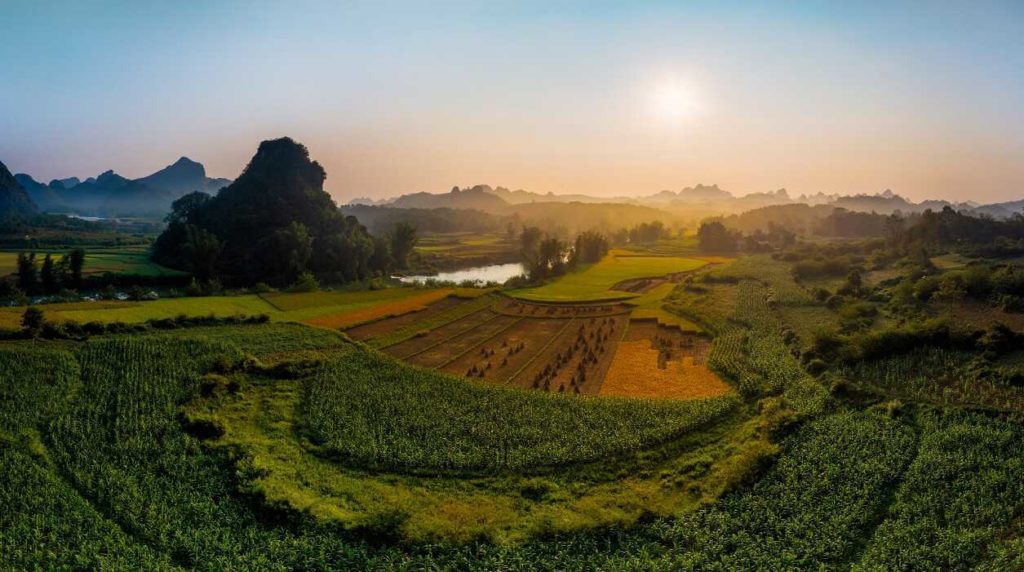
Home to a UNESCO-recognized geopark and Southeast Asia’s largest waterfall, Cao Bang, around 280 kilometers from Hanoi, is less busy than neighboring Sa Pa or Ha Giang. In mid-September and early October it is the rice harvest season there, giving tourists a glimpse of local people’s daily lives.
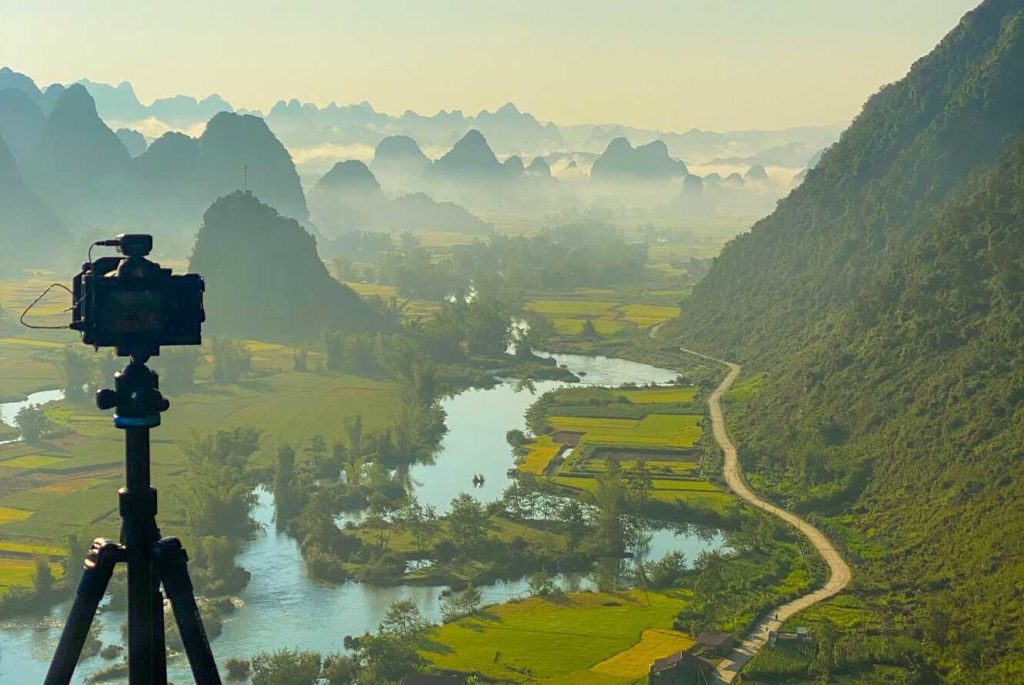
Lensman Dang Van Hai visited Cao Bang last month for a photo series. He says visitors should wake up at 4 a.m. to see ethnic minority people go to their fields to harvest rice. Due to its proximity to the border, the use of flycam is restricted, he says.
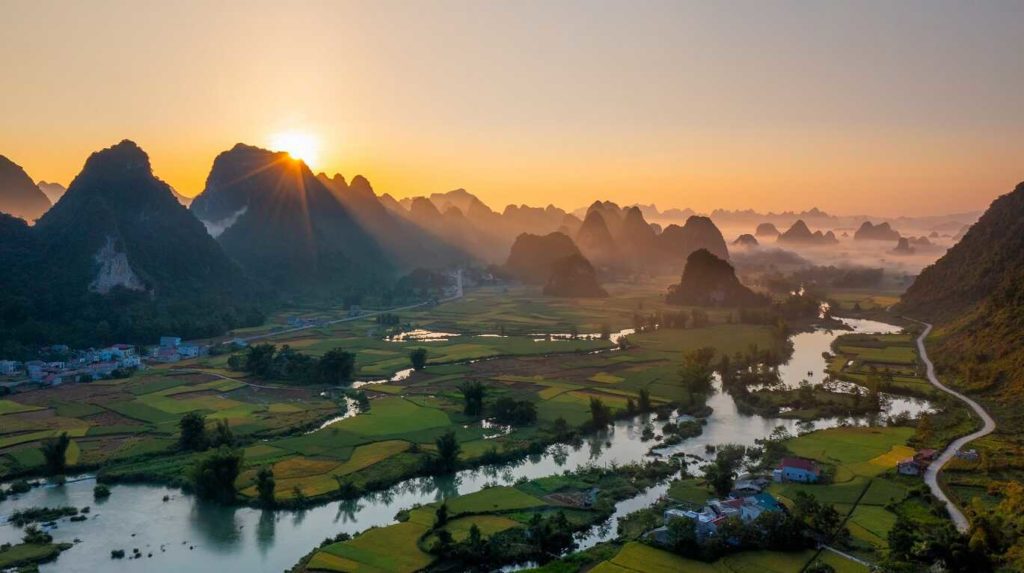
At the start of October rice fields along the Quay Son River in Trung Khanh District, which forms a natural border with China, are golden ripe. The river originates in China’s Jingxi County in the Chongshan Mountain Range and runs along the border.
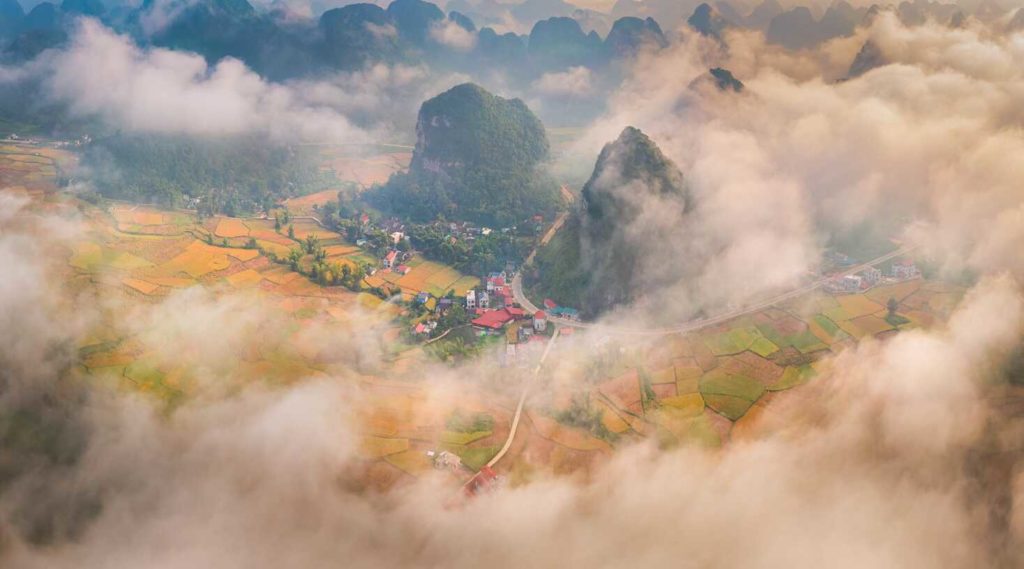
Golden rice paddies in Ngoc Con, a mountainous commune in Trung Khanh District near the Po Peo border gate, is shrouded in mist. As tourism grows, locals, mainly ethnic minority families, offer homestay for visitors at VND100,000-200,000 ($4.19-8.38) a night.
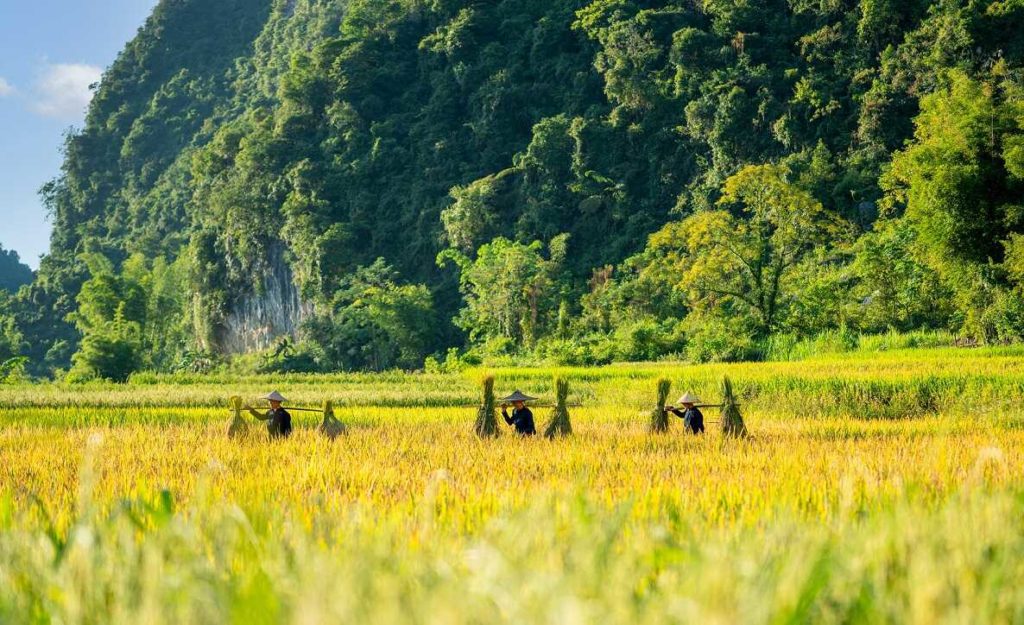
People harvest rice in a field in Phong Nam Commune in Trung Khanh District. The commune is mainly inhabited by the ethnic Tay who earn their livelihood from farming and fishing and live in traditional stilt houses made of stone.
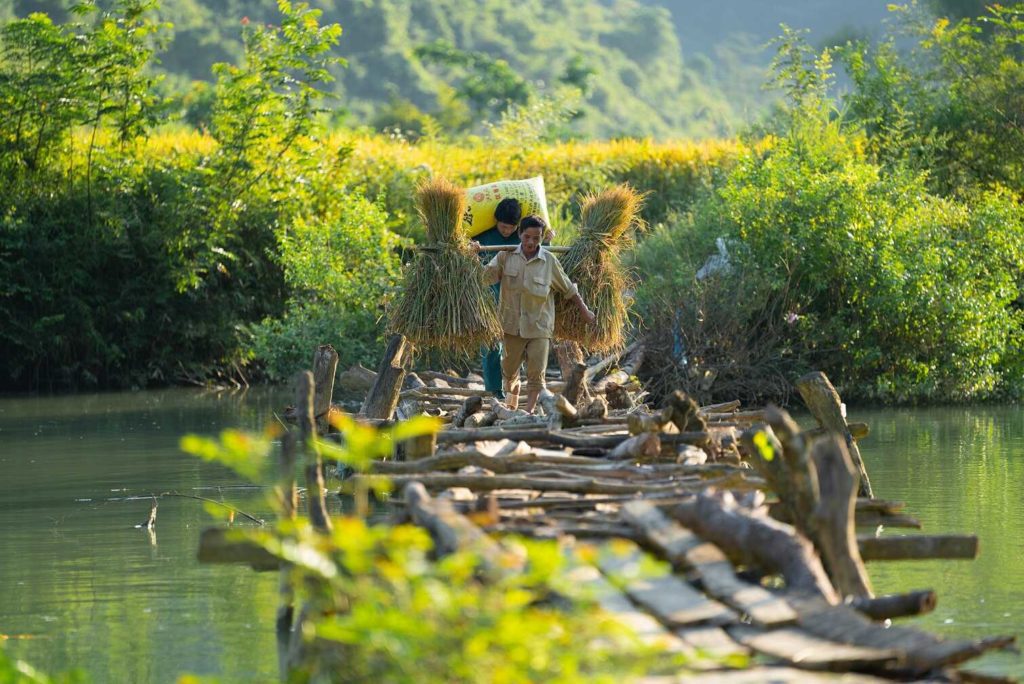
People carry paddy home over a wooden bridge.
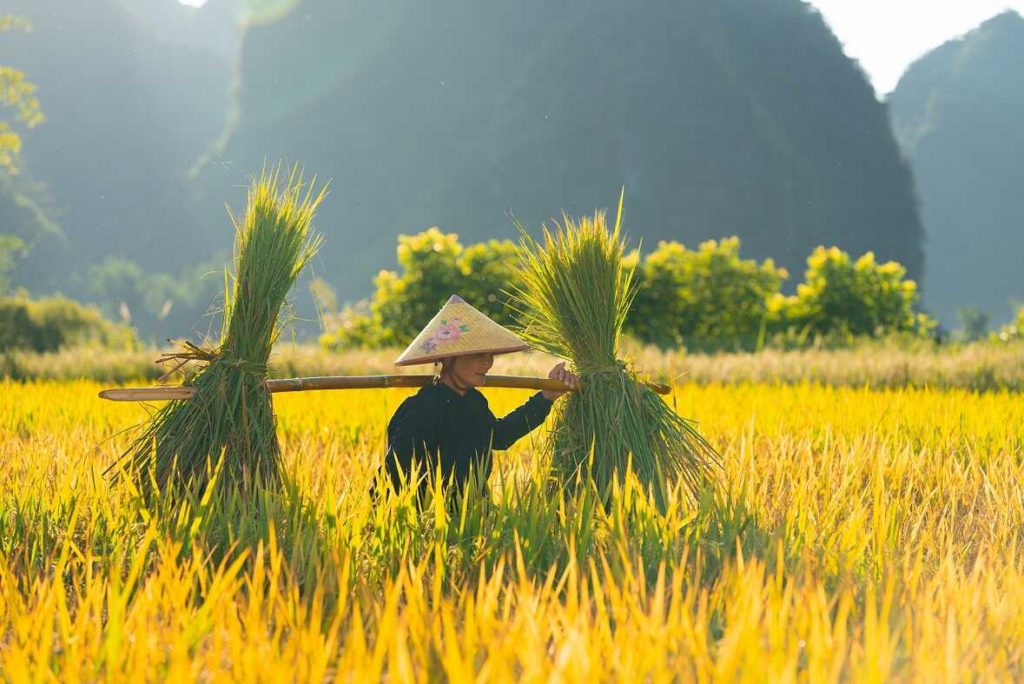
There are 20-30 Tay families living along paddy fields in Phong Nam Commune. In addition to growing rice, they also fish in the Quay Son River to earn a living.
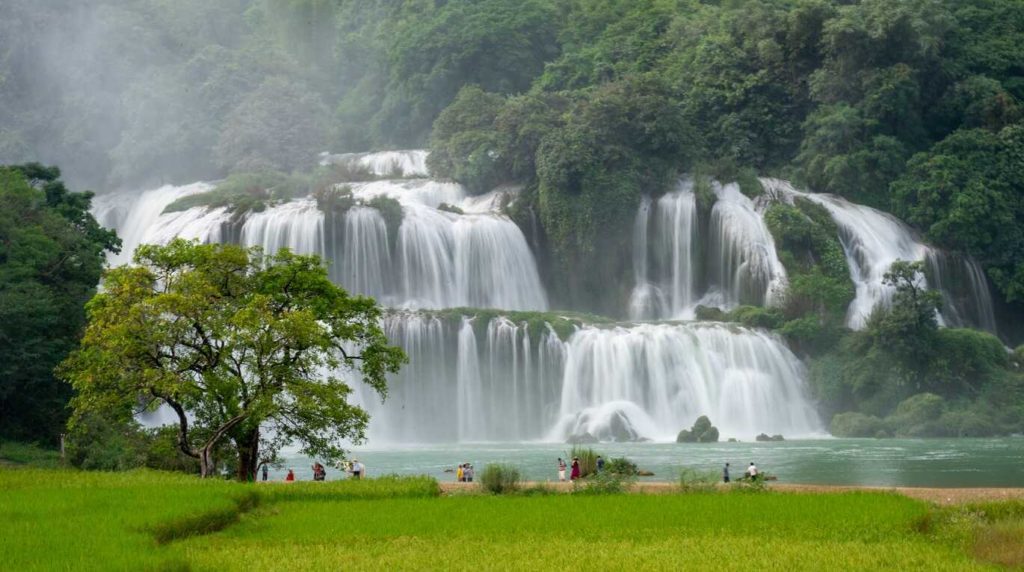
Rice paddies near the Ban Gioc Waterfall have not yet turned golden unlike at other places. Ban Gioc, which marks the border, is the largest waterfall in Southeast Asia and the world’s fourth largest along a national border after Iguazu, Victoria and Niagara. It is 53 meters high and 300 meters wide. There is a small sloping path leading to the waterfall. Small buses can traverse the path while bigger ones drop off their passengers at a parking lot at the Vietnam border station from where they have to walk.
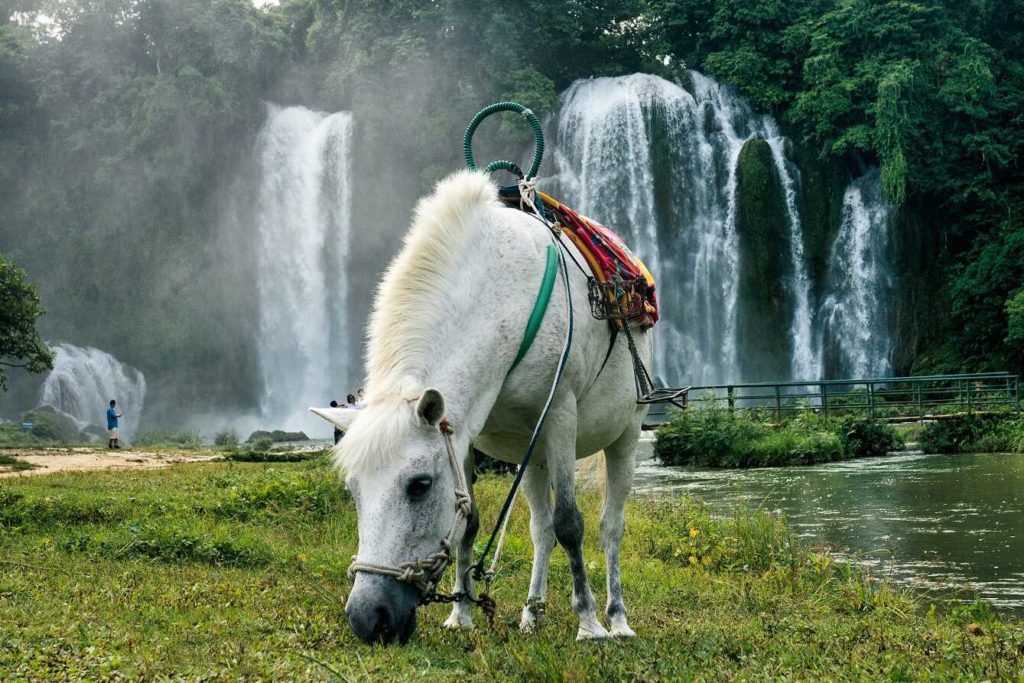
Horses are available for rent in Ban Gioc at VND20,000 per person.
Source: vnexpress.net
You might also like :
- Vietnamese fans foot big bills for football World Cup tours
- Myanmar carrier begins Yangon-Hanoi service
- Vietnam travel news – Hue to spend $800,000 to renovate abandoned water park
- Da Nang to welcome Indian tourists on first direct flights next month
- 8 best hotels you should stay when visit Vietnam
- The best food for breakfast you can’t miss when visit Saigon Vietnam
- The best things to do in Hai Phong Vietnam 2022
- List of 9 Vietnamese noodle dishes you should try when visit Vietnam
- Travel news 09/2022 – Hanoi told to close coffee shops on ‘train street’
- Travel news 09/2022 – Emerald Cruises to offer Mekong River tours
- Travel news 09/2022 – Vietnam seeks to attract rich Middle Eastern tourists
- Seven aerial shots highlighting Vietnamese countryside

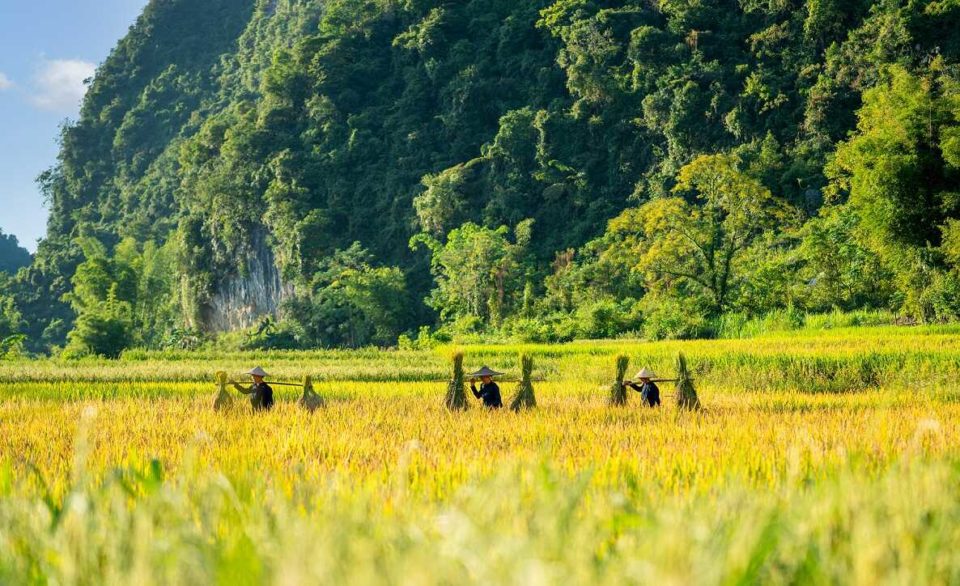
1 comment
Your article helped me a lot, is there any more related content? Thanks!